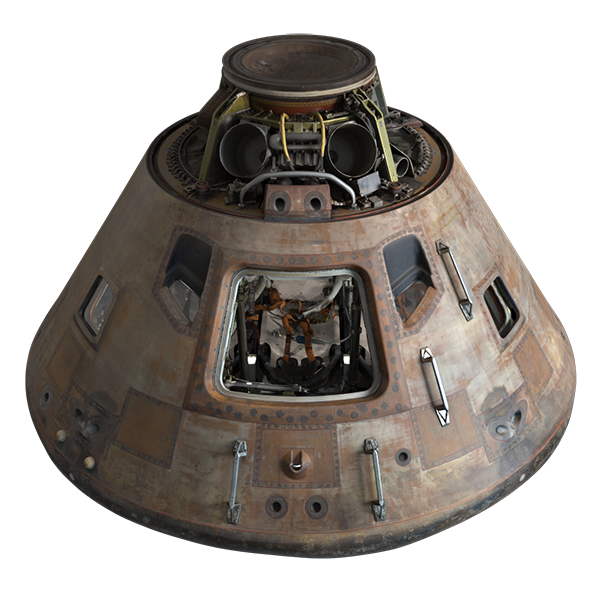Written by Günter Waibel



Smithsonian X 3D launches a set of use cases which apply various 3D capture methods to iconic collection objects, as well as scientific missions. These projects indicate that this new technology has the potential not only to support the Smithsonian mission, but to transform museum core functions. Researchers working in the field may not come back with specimens, but with 3D data documenting a site or a find. Curators and educators can use 3D data as the scaffolding to tell stories or send students on a quest of discovery. Conservators can benchmark today’s condition state of a collection item against a past state – a deviation analysis of 3D data will tell them exactly what changes have occurred. All of these uses cases are accessible through the Beta Smithsonian X 3D Explorer, as well as videos documenting the project. For many of the 3D models, raw data can be downloaded to support further inquiry and 3D printing.
The Digitization Program Office is the hub for the Smithsonian’s inquiry into 3D. We support all 19 museums, 9 research centers and the National Zoo in their quest to increase the quantity and quality of Smithsonian digital assets. The Smithsonian digitization challenge and opportunity can be measured by the total number of collection items: at 137 million objects, artworks and specimens, capturing the entire collection at a rate of 1 item per minute would take over 260 years of 24/7 effort. At the present moment, the Smithsonian has prioritized the digitization of about 10% of its collections for digitization. To rise to this challenge, the Digitization Program Office is promoting rapid capture photography workflows for two-dimensional collections, and exploring innovations to speed up the capture of our three-dimensional collections, preferably in 3D.
With only 1% of collections on display in Smithsonian museum galleries, digitization affords the opportunity to bring the remaining 99% of the collection into the virtual light. All of these digital assets become the infrastructure which will allow not just the Smithsonian, but the world at large to tell new stories about the familiar, as well as the unfamiliar, treasures in these collections.




